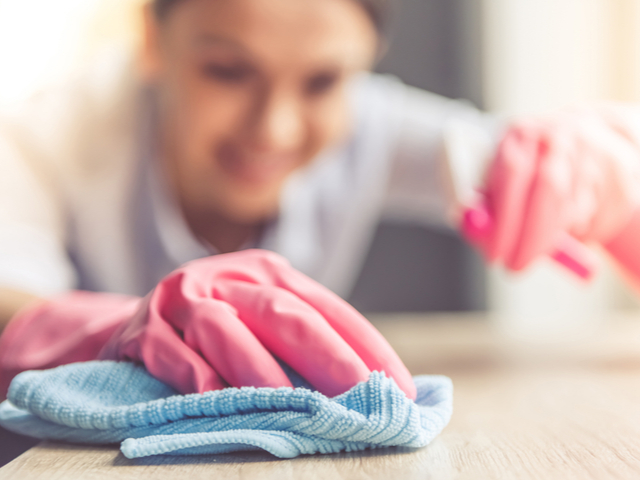With spring on the way, now is the perfect time for deep cleaning your home. Heather Barrigan, cleaning expert at MyJobQuote.co.uk shares the most common cleaning mistakes and how to fix them.
1. Not pre-soaking dirty dishes
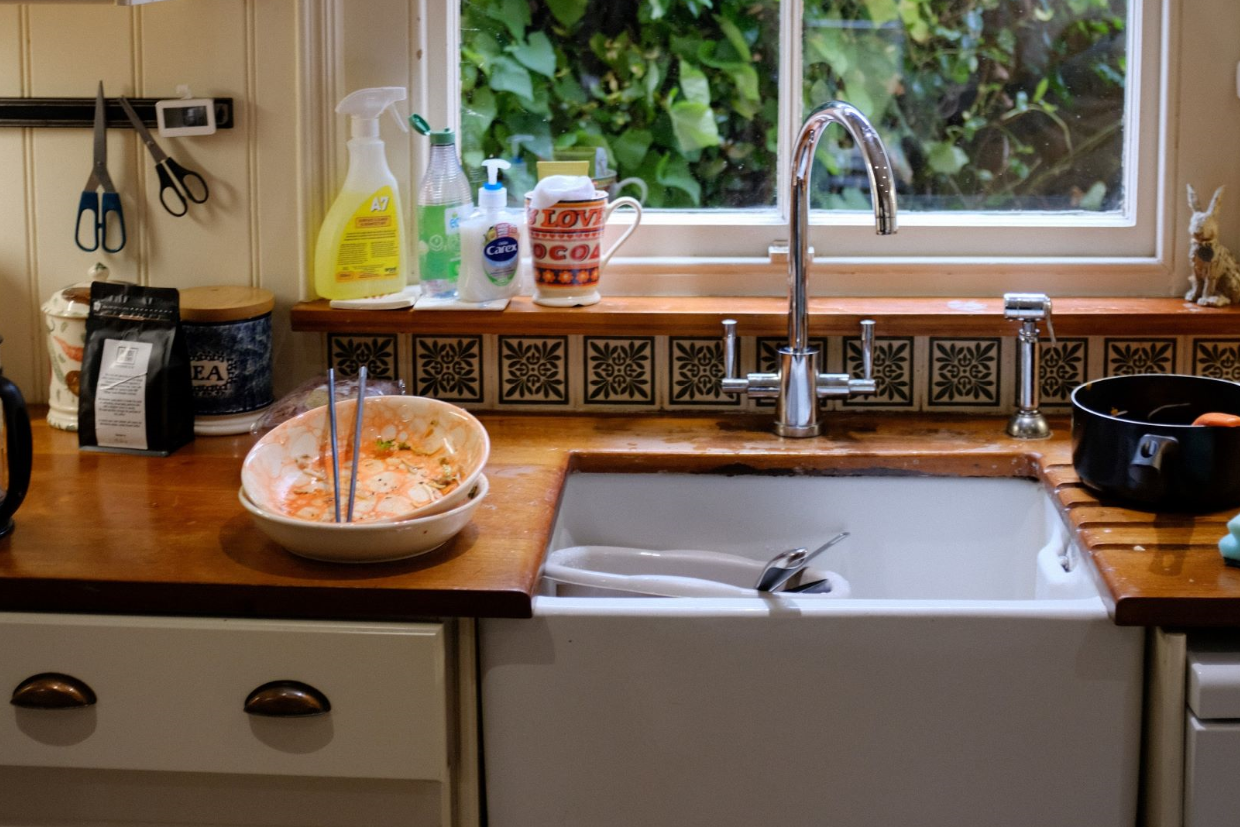 Pre-soaking dirty dishes can help when it comes to fully cleaning them. Firstly it reduces the time you spend spending off any food residue, but it’s also more hygienic. Even if your dishes are going into the dishwasher, you should try to remove the food debris as more than likely they will be sitting in there for a few days. This will not only make the inside of your dishwasher dirty, but it can also develop into a strong smell.
Pre-soaking dirty dishes can help when it comes to fully cleaning them. Firstly it reduces the time you spend spending off any food residue, but it’s also more hygienic. Even if your dishes are going into the dishwasher, you should try to remove the food debris as more than likely they will be sitting in there for a few days. This will not only make the inside of your dishwasher dirty, but it can also develop into a strong smell.
Pre-soaking dishes will ensure they are properly sanitised and free of food-borne illness-causing bacteria. You can kill the bacteria by submerging your dishes for 30 seconds in hot water that’s at least 75°C. You should allow your dishes to air dry as a cloth or towel can spread germs.
2. Cleaning using the same cloth around the house
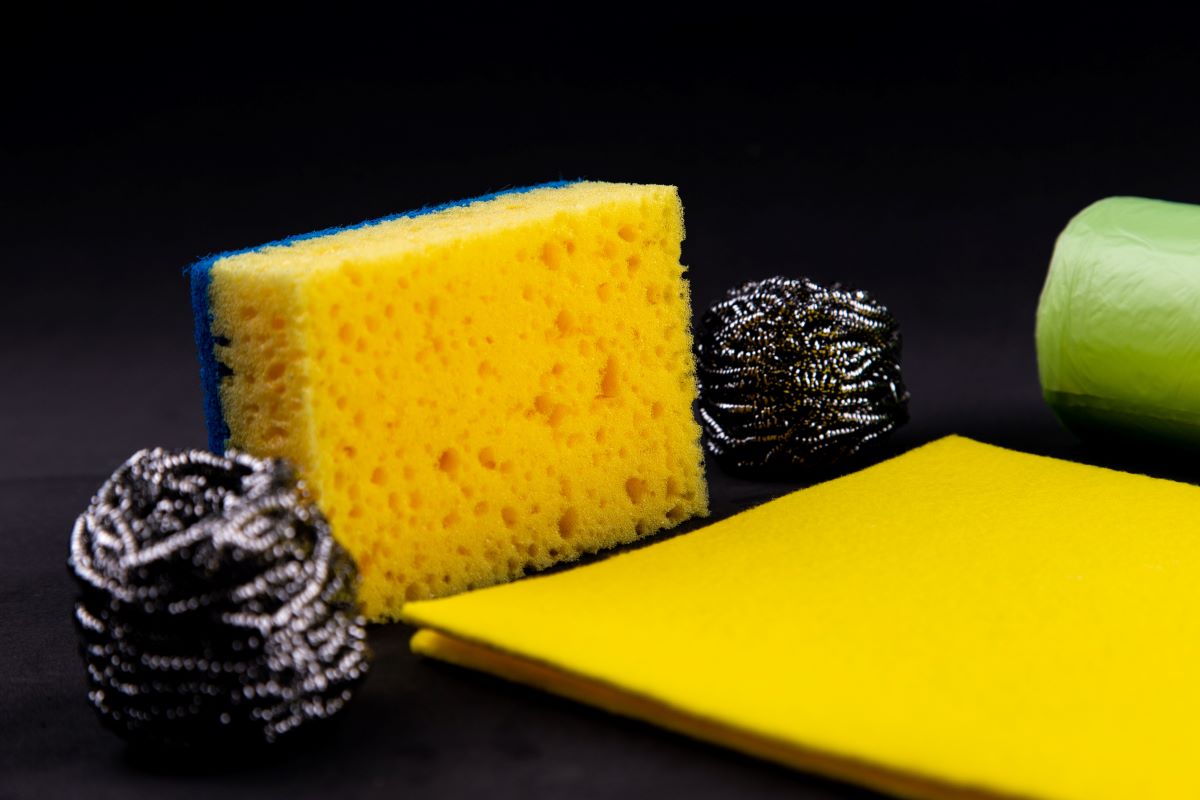 Even with cleaning product spritzed on, using the same cloth in multiple spots around your house results in spreading grime around from the previous surface. This leads to unintentionally spreading bacteria around your home. The germs from your kitchen counters getting onto your living room coffee table is a thought you don’t want to have.
Even with cleaning product spritzed on, using the same cloth in multiple spots around your house results in spreading grime around from the previous surface. This leads to unintentionally spreading bacteria around your home. The germs from your kitchen counters getting onto your living room coffee table is a thought you don’t want to have.
Use a new cloth for each surface or have a microfibre cleaning cloth for each area of your home. Microfibre cloths are tightly woven fibres that can brush away bacteria and be washed in the machine after each use to remove any grime.
3. Placing your toilet brush back immediately after use
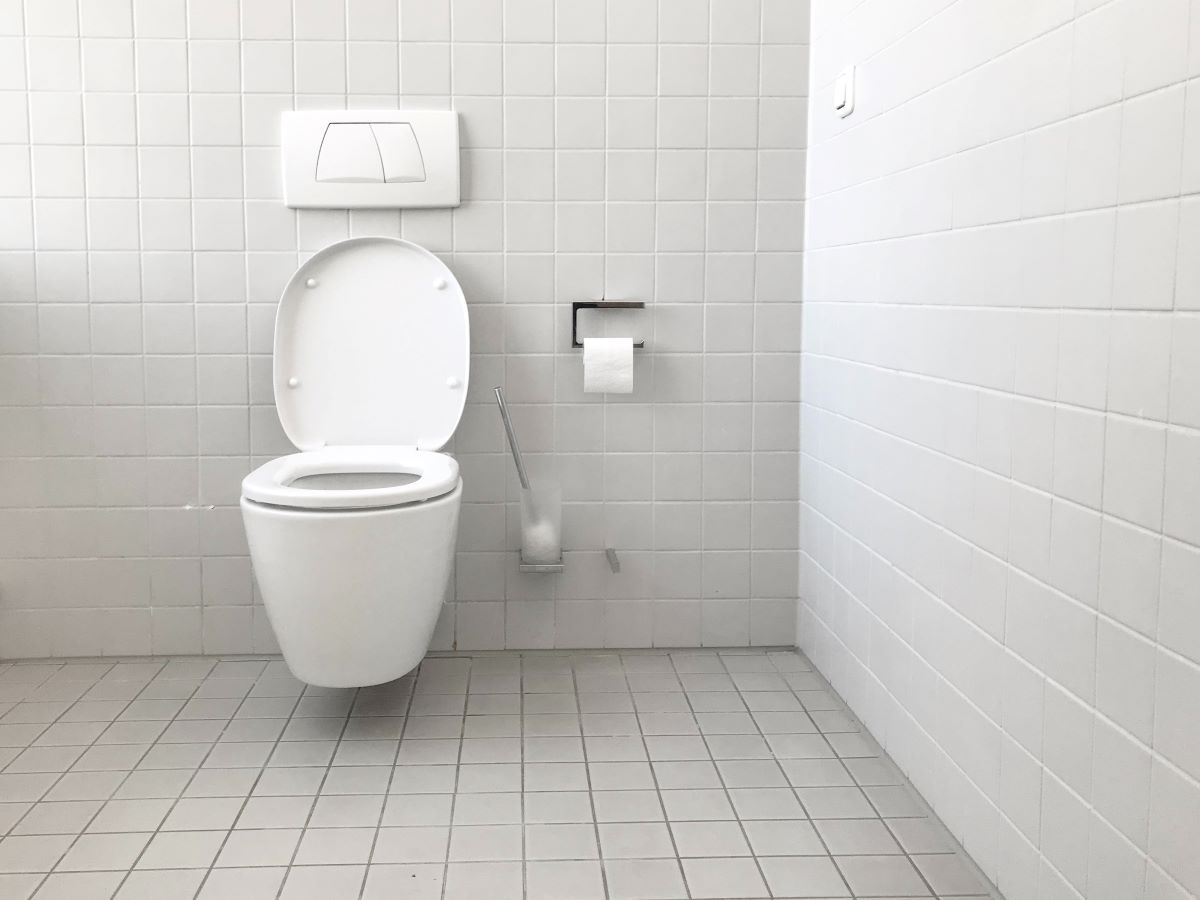 Cleaning your toilet is a task everyone puts off, but once it’s finished you might be making a big mistake. If a toilet brush is put back into its holder right after use, the moisture and germs from the toilet are then trapped into the container and brush. These germs are then released and rubbed back into your toilet the next time it’s used, as they’ve been breeding and multiplying.
Cleaning your toilet is a task everyone puts off, but once it’s finished you might be making a big mistake. If a toilet brush is put back into its holder right after use, the moisture and germs from the toilet are then trapped into the container and brush. These germs are then released and rubbed back into your toilet the next time it’s used, as they’ve been breeding and multiplying.
To avoid this, allow the toilet brush to dry completely before returning to its container.
4. Using dish soap for cleaning your cutting boards
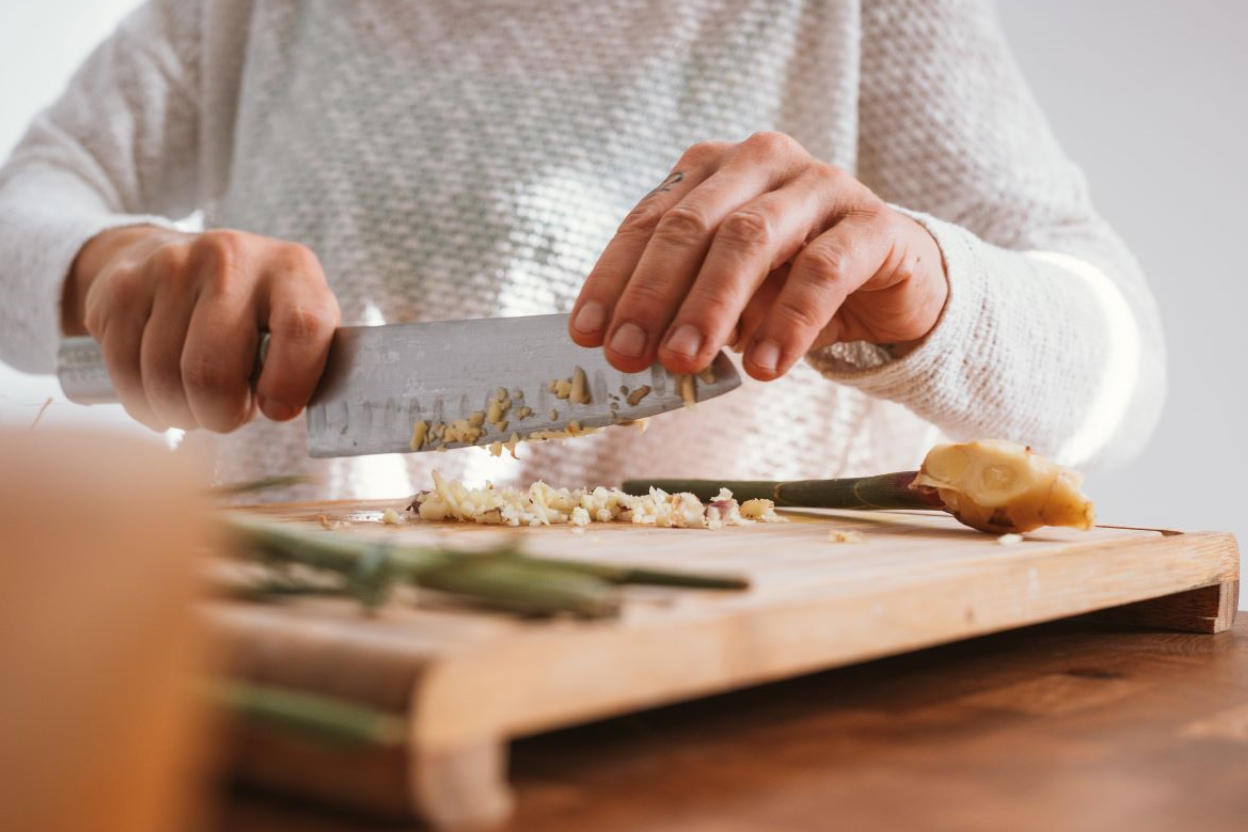 Dish soap and hot water doesn’t clean cutting boards as well as imagined. This is because soap can’t penetrate the cold cutting board meaning it doesn’t get cleaned thoroughly.
Dish soap and hot water doesn’t clean cutting boards as well as imagined. This is because soap can’t penetrate the cold cutting board meaning it doesn’t get cleaned thoroughly.
If you wash your boards between cutting different kinds of foods, there’s probably still harmful bacteria on it. Even if you mix the soap with steaming hot water, it’s not enough.
To avoid any cross-contamination and ensure it’s clean, soak your cutting boards into bleach solution after each use. This will kill most bacteria and will prevent it transferring to any other foods you prepare.
5. Spraying cleaning solutions directly onto surfaces
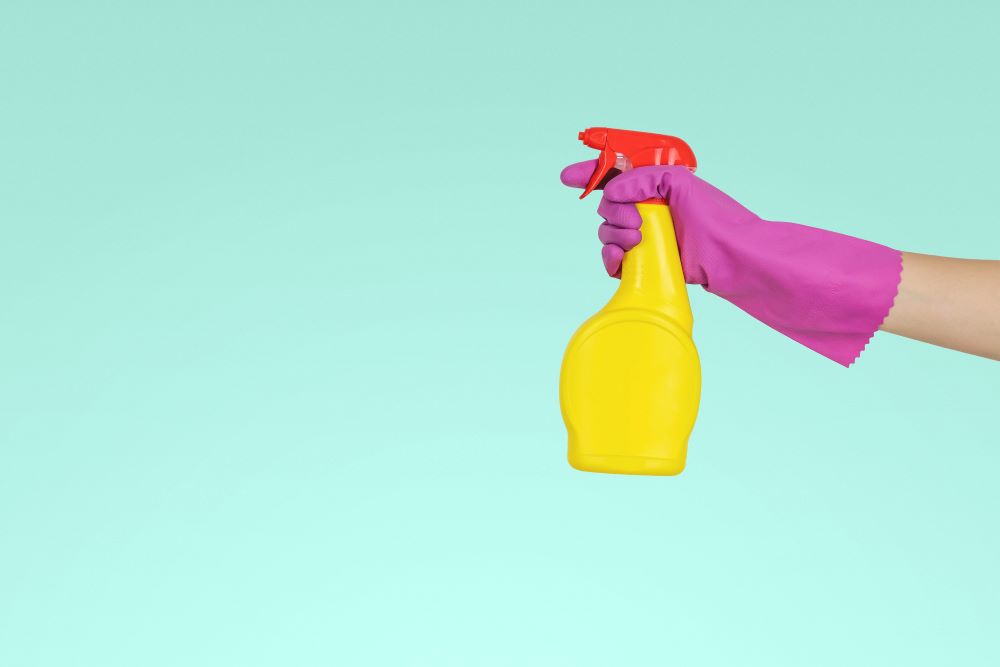 When you spray cleaning solutions directly onto surfaces, furniture and glass, it creates a residue and build-up that’s harder to remove. This results in streaky windows and greasy surfaces that dust will stick to. Spraying cleaning solutions directly onto surfaces also releases chemicals into the air which can irritate people with asthma or allergies.
When you spray cleaning solutions directly onto surfaces, furniture and glass, it creates a residue and build-up that’s harder to remove. This results in streaky windows and greasy surfaces that dust will stick to. Spraying cleaning solutions directly onto surfaces also releases chemicals into the air which can irritate people with asthma or allergies.
Spray your cleaning solution directly onto your microfibre cleaning cloth before wiping down the surfaces.
6. Cleaning stainless steel in circular motions
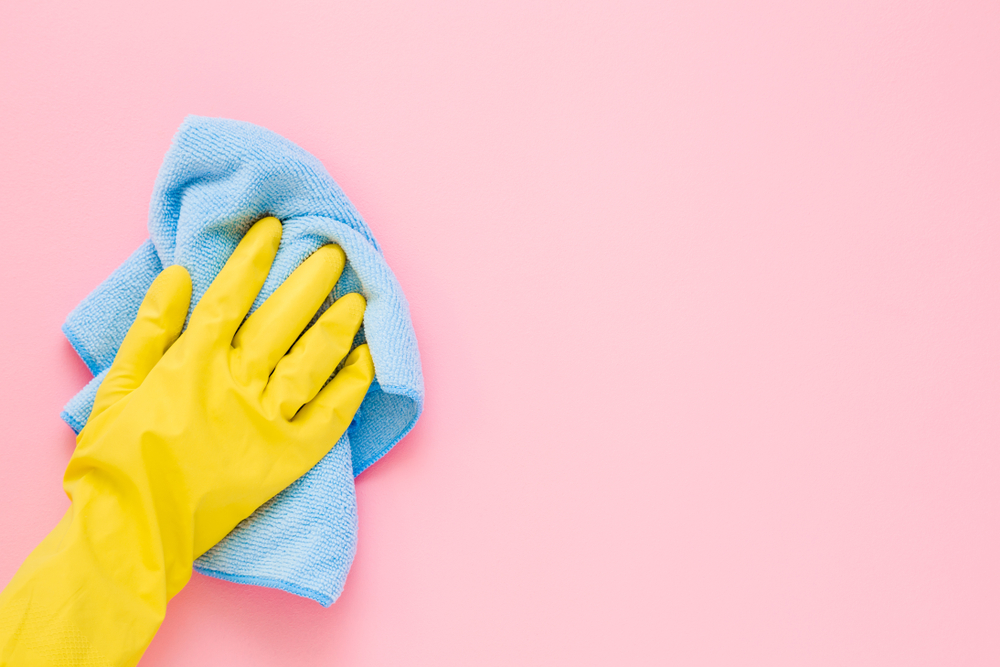 Cleaning stainless steel is a hard task and sometimes no matter how hard you scrub, you aren’t left with a sparkly finish. If you wipe a stainless-steel surface using circular motions, the marks may become more obvious once the solution dries.
Cleaning stainless steel is a hard task and sometimes no matter how hard you scrub, you aren’t left with a sparkly finish. If you wipe a stainless-steel surface using circular motions, the marks may become more obvious once the solution dries.
To obtain a shiny look, identify the direction of the ‘grain’ in the stainless steel and follow that while cleaning – it will make all the difference!
7. Not wiping down the sink
 After using your sink, you might just quickly rinse with water before walking away, this can be unhygienic. Sinks rapidly grow germs as food from soaking cutlery and pans can get left behind. This acts as breeding ground for bacteria.
After using your sink, you might just quickly rinse with water before walking away, this can be unhygienic. Sinks rapidly grow germs as food from soaking cutlery and pans can get left behind. This acts as breeding ground for bacteria.
If you think about how much dirt and food passes by daily, you will realise the care your sink needs. For an intense clean, mix neat bleach with a cup of water and pour into the sink. Leave the bleach to work for 30 minutes before giving the sink a rinse with warm water.
These simple changes to your cleaning routine will save you a lot of time and effort, whilst delivering sparkling results! Cleaning can be therapeutic when done right, so you might find yourself now looking forward to completing simple tasks.

